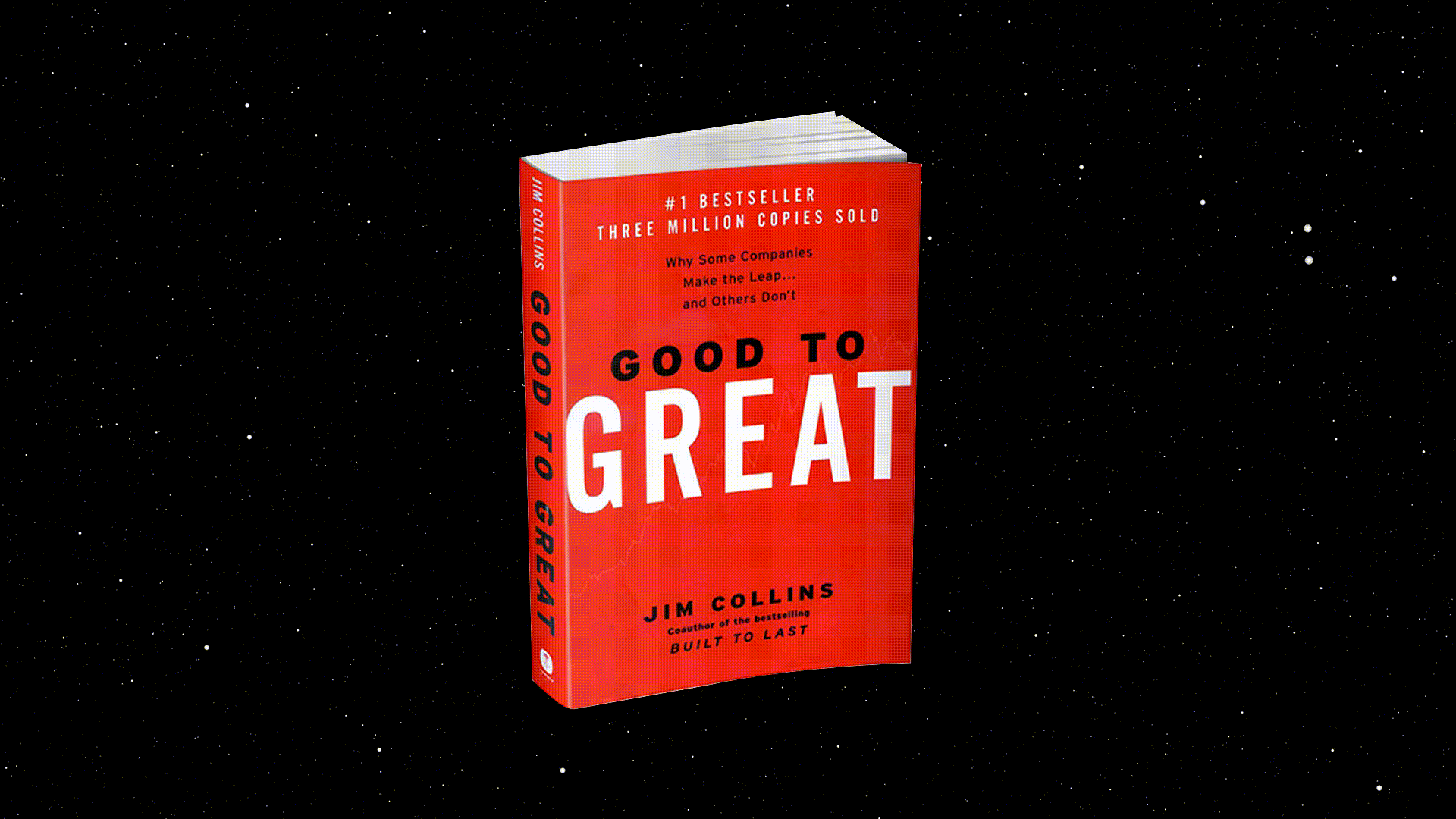Member-only story
How ‘The Tipping Point’ Spawned a New Kind of Business Book
Malcolm Gladwell’s 2000 bestseller was naive about the dark side of the ideas it championed, but taught readers that books about ideas could be cool
When The Tipping Point was published in 2000, it marked a sea change in the world of books. Selling over a million copies, Malcolm Gladwell’s “biography of an idea” convinced publishers that, told well, readers could and would read serious books about economics and social change and history and science and business. A new genre of silo-busting, multi-disciplinary non-fiction was born. And even though it drew largely from academic research, it wasn’t stodgy, it was fun. And its central thesis — “there is a simple way to package information that, under the right circumstances, can make it irresistible” was broad enough to talk about over a beer. Suddenly books about ideas were cool.
That central idea wasn’t original; ideas of critical mass in physics and the threshold theory of disease had been around for decades. But applying the concept to pop culture — kids’ TV, shoes and drugs — sucked in new readers eager to understand how trends took off. Gladwell’s central metaphor of epidemics, while painful reading in our current circumstances, was distant and abstract enough not to discomfort; instead, he made the possibility of ideas or products becoming ‘viral’ positively aspirational!
Gladwell theorized that realizing that aspiration took three kinds of people: Connectors, who know lots of people, Mavens, who know lots of information and Salesmen (sic) who know how to sell. By deploying these three types, according to their skills and as appropriate to context, your product, service or idea could become infectious. Along the way, you’d need to learn to be humble, to subject your plans to testing and to pay fastidious attention to your customers and their world. If all of that sounds pretty obvious by now, well that’s what happens when a book like The Tipping Point hits a tipping point. The title entered the language as its ideas entered the atmosphere.
What makes The Tipping Point more uncomfortable today is that, with the benefit of hindsight, we can see…









